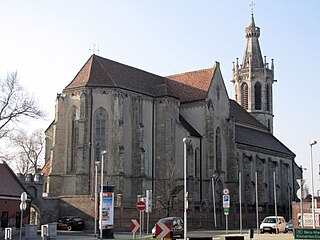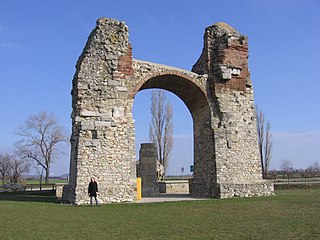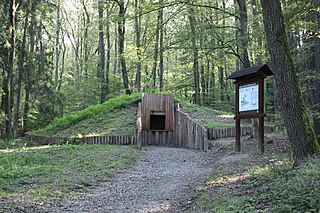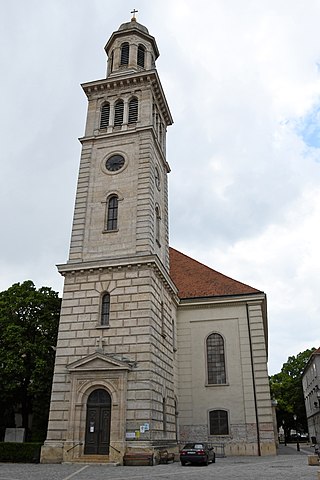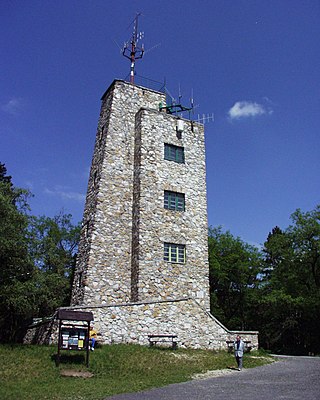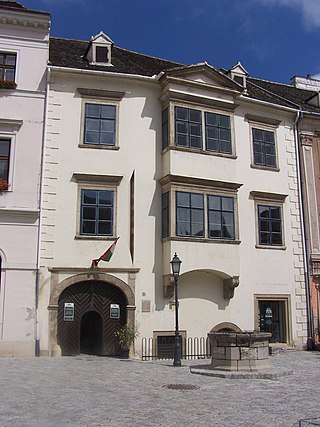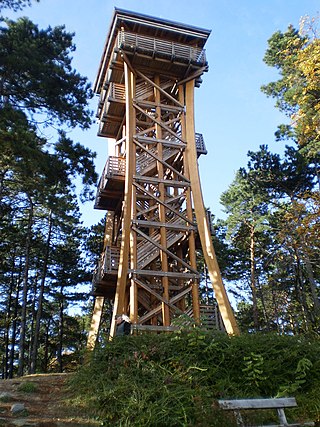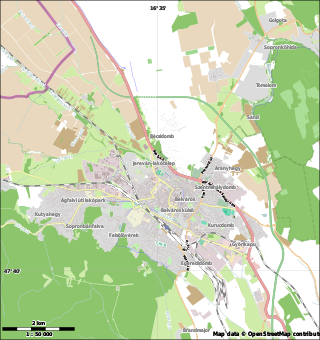15 Sights in Sopron, Hungary (with Map and Images)
Legend
Welcome to your journey through the most beautiful sights in Sopron, Hungary! Whether you want to discover the city's historical treasures or experience its modern highlights, you'll find everything your heart desires here. Be inspired by our selection and plan your unforgettable adventure in Sopron. Dive into the diversity of this fascinating city and discover everything it has to offer.
Sightseeing Tours in Sopron1. Soproni Petőfi Színház
The Petőfi Theatre of Sopron is located in downtown Sopron, on Petőfi Square. The building, originally erected in 1840, owes its current form to the reconstruction of István Medgyaszay in 1909. The director and chief director of the institution was András Pataki from August 2012 to 2022.
2. Firewatch Tower
The 58-meter-high Fire Tower of Sopron is the symbol of the city. It stands on the Main Square. It was built in the 13th century and served the city for centuries. It lost its stability at the end of the 19th century, during the construction of the Town Hall, and then its gate was narrowed down for static reasons. It regained its original character during its reinforcement and restoration in 2009-2012.
3. Nagyboldogasszony (Bencés) templom
The Benedictine Church or Church of Our Lady of the Assumption, popularly known as the Goat Church, is a Gothic church built in the 13th and 14th centuries, dedicated to Our Lady of the Assumption, one of the most significant buildings on Sopron's Main Square. The Franciscan monks first built their monastery in the center of the city, then around 1280 they built their church next to it from carved stone from St. Margareta, which today is considered one of the most outstanding works of Hungarian early Gothic architecture. Its nave vault and organ vault were built in the middle of the 15th century, and its furnishings are in Baroque style.
4. Szent Mihály főangyal templom
St. Michael's Church is the oldest parish church in Sopron. It is located along a very important traffic road, in the district of Szentmihálydomb. According to early medieval customs, it was built in a cemetery in the 13th century before the Mongol invasion, so it was placed outside the fortified city wall (Downtown). Originally built in Romanesque style, the church was rebuilt in the 15th century in Gothic style. After the fire in Sopron in 1728, it underwent a Baroque reconstruction, then it was Ferenc Storno who removed the Baroque features and transformed the church in neo-gothic style. Today it is one of Hungary's most important Gothic churches.
5. VOLT Festival
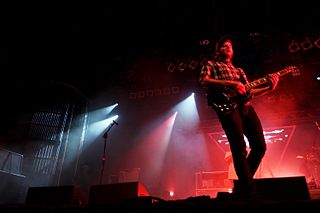
VOLT Festival is one of Hungary largest pop music festivals, which has been held in Sopron almost every year since 1993. The event is characterized by the diversity of the musical offer, with rock, electronic, world and jazz concerts as well as representatives of many other genres performing at various venues.
6. SCARBANTIA
The Pannonian Limes is part of the old Roman fortified frontier known as the Danubian Limes that runs for approximately 420 km (260 mi) from the Roman camp of Klosterneuburg in the Vienna Basin in Austria to the castrum in Singidunum (Belgrade) in present-day Serbia. The garrisons of these camps protected the Pannonian provinces against attacks from the north from the time of Augustus (31 BC–14 AD) to the beginning of the 5th century. In places this section of the Roman limes also crossed the river into the territory of the barbarians (Barbaricum).
Wikipedia: Pannonian Limes (EN), Website, Url, Url Limes_pannonia
7. Sopron-Várhely Grave Field
The Sopron-Várhely burial ground is a fortified hilltop settlement with a burial mound from the Hallstatt to the Late Latène period in the district of Várhely near Brennbergbánya in the southeast of the Hungarian city of Sopron. The Burgstallberg is an eastern foothill of the Alpine ridge and reaches an altitude of 483 m above sea level. It is separated from the Vienna Basin by the Rosalia and Leitha Mountains. The site is known for the burial mound field and the figural-decorated Hallstatt urns.
8. Evangélikus templom
The Lutheran Church of Sopron stands in the city center, in the middle of Temple Street, near the mouth of Monastery Street and Bunker János Rajnárd köz. It is the third largest Lutheran church in Hungary, one of the great centres of Transdanubian Lutheranism.
9. Szent György-templom
The gothic, single-nave interior of St. George's Church in Sopron was transformed in several steps after the fire of 1676: the main nave with a peak-arched closure was decorated with rich stucco and framed on both sides by a row of chapels.
10. Károly-kílátó
Both the Charles lookout tower and the 398 m high Charles Heights themselves preserve the memory of Károly Romwalter, printer and newspaper publisher from Sopron, because he and his son had the first lookout tower erected at this place in 1876.
11. Szentháromság-szobor
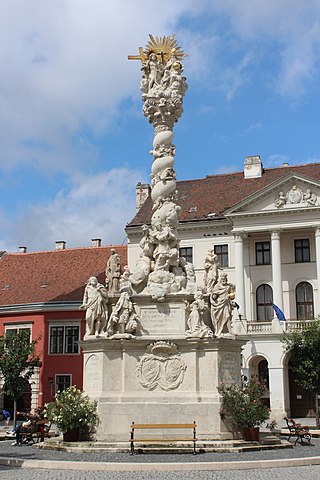
The Holy Trinity statue in Sopron is one of the most valuable works of Baroque sculpture in Hungary. The richly decorated, multi-figure sculpture ensemble from 1701 is located in the middle of the Main Square.
12. Széchenyi tér
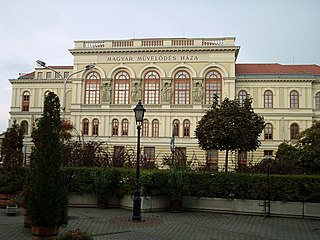
Széchenyi Square is located in downtown Sopron, where you can find many monuments and monumental buildings. Originally, there was a lake on the square, which was called the Two-Baker's Lake, because it was here that bakers who sold bread of the wrong size and weight were bathed. The lake was drained in 1828 and construction of the square began.
13. Fabricius-ház
The Fabricius House is one of the most characteristic buildings of Sopron's Main Square. The building was built on the remains of a public building from Roman times. The building in its present form can be seen from the 14th century.
14. Sörházdombi kilátó
The lookout tower of Sörházdomb was built in the southwestern part of Sopron, on the lowest hill of the Lővérek, between Lower and Upper Lővér, on the 298 m high Beer House Hill. The property, easily accessible by a pleasant walk from Lövér-körút or Sörházdombi út, offers a great view of the whole city, the forested slopes of the Sopron Mountains and Lake Neusiedler. In clear weather, you can also see the Rax and Schneeberg.
15. Patikamúzeum
On the site of the White Angel pharmacy opened in 1601, the country's first pharmacy museum was opened on June 11, 1968. The rooms were furnished with the furniture of the Black Elephant Pharmacy, which previously operated in the Storno House. The exhibition on the history of pharmacy of the Museum of Sopron can still be visited.
Share
Disclaimer Please be aware of your surroundings and do not enter private property. We are not liable for any damages that occur during the tours.
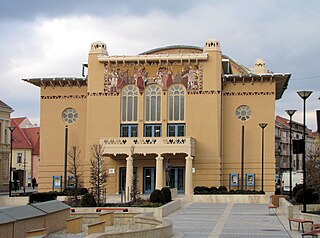
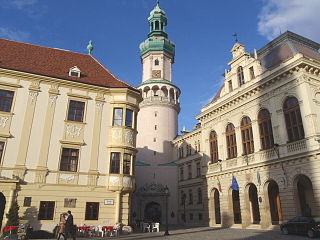
-templom.jpg)
